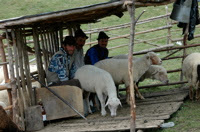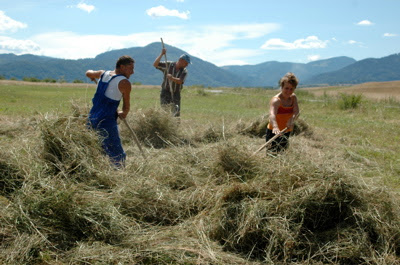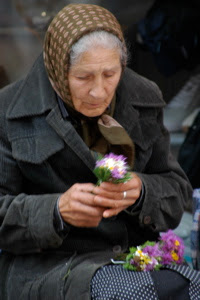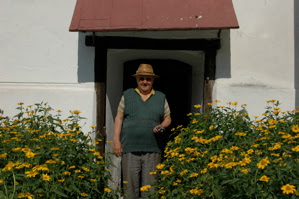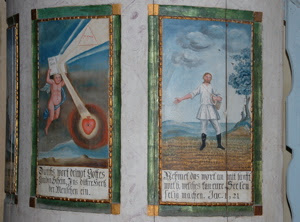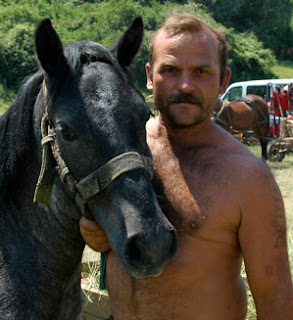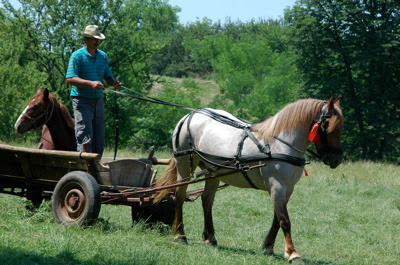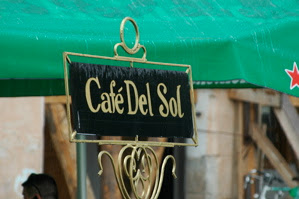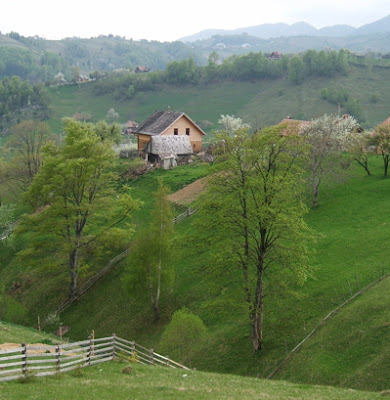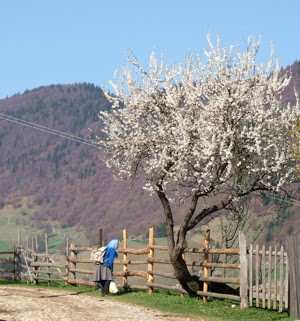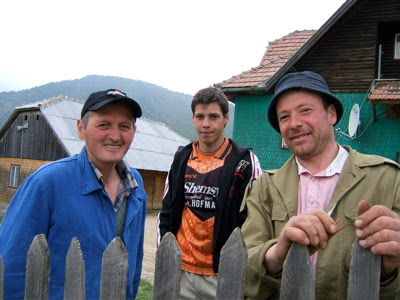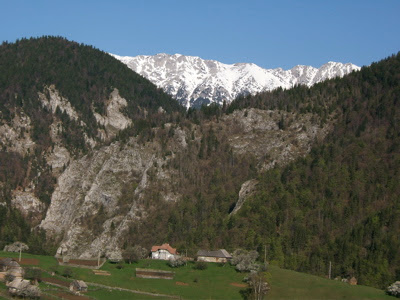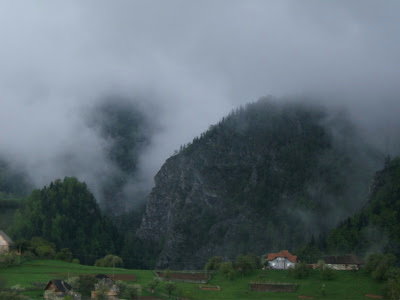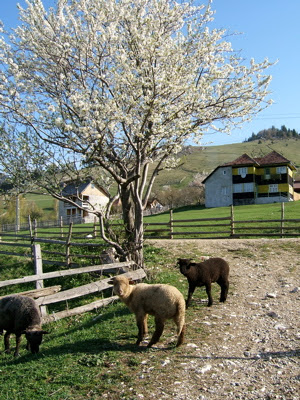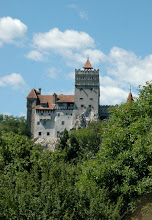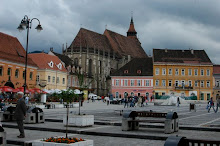
Dan Marin, who with his wife Luminita (pictured with Dan) and son Bogdan are entirely responsible for my having a foothold in Transylania, has just won a hugely prestigious award which will shoot him into the super league of eco-guides around the world.
The Paul Morrison Guide Award 2007 was given to Dan at a fabulous evening at the Royal Geographical Society in London on 4th October.
Exodus, the tour operator which Dan does so much guiding for, ran this report on its site:
"Exodus guide Danut Marin has scooped the prestigious Wanderlust Paul Morrison Guide Award 2007 alongside fellow guide Selwyn Davidowitz. Danut was one of three guides from around the globe short listed by Wanderlust readers and was commended for his expertise on trips to his native Romania. Last night Danut and Selwyn were announced as the overall joint winners of the respected award by a panel of judges that included travel celebrities Bill Bryson, Michael Palin and members of the Wanderlust team.
The Wanderlust Paul Morrison Guide Award is regarded as the award for the often unsung heroes of travel and is highly regarded by the travel industry and consumers alike.
Danut Marin was nominated for his guiding of Exodus’ Romania: Carpathian Culture and Wildlife tour. Exodus clients voted for him because of the passion that he displays for his country and its wildlife and his ability to give a sensitive yet honest account of the somewhat tumultuous history of his native country. Voters also commented on his ability to recognise and take care of the needs of individuals on the trip.
Danut Marin comments: ‘I am extremely touched that so many Exodus clients chose to vote for me and got so much enjoyment from the trips. I hope that by jointly winning this award I can highlight the importance of less mainstream tour operators such as Exodus to the Romanian tourism industry and to the economy as a whole.’
The full results of The Paul Morrison Guide Award 2007 will appear in the November issue of Wanderlust on sale from 12 October."
Another of those who voted for Dan was none other than explorer Ranulph Fiennes – not a bad recommendation to the judges.


